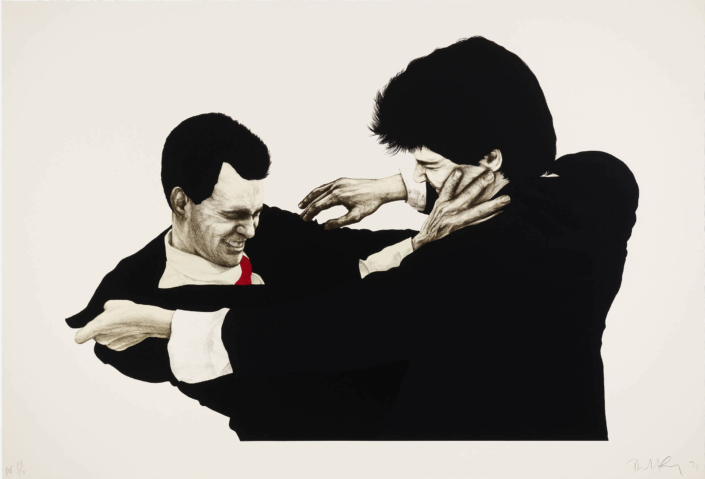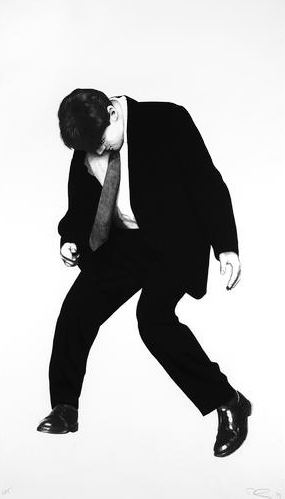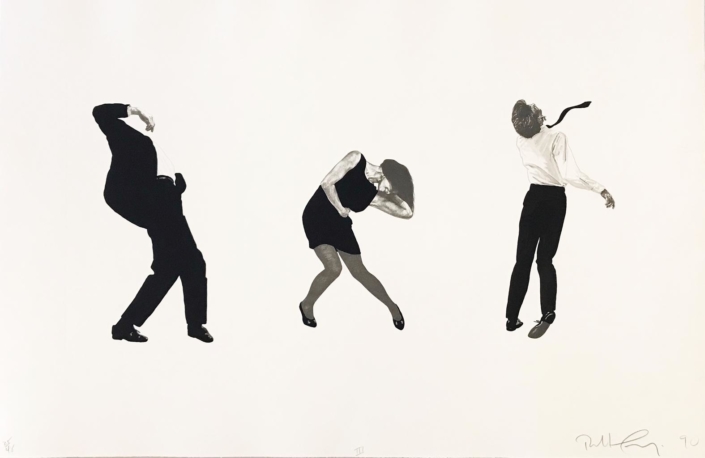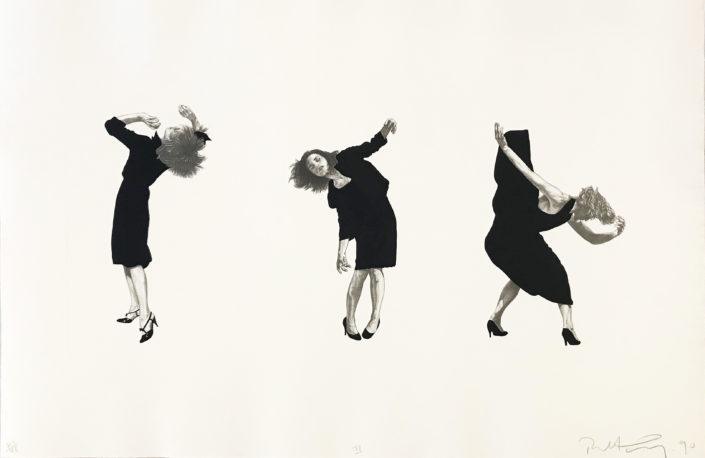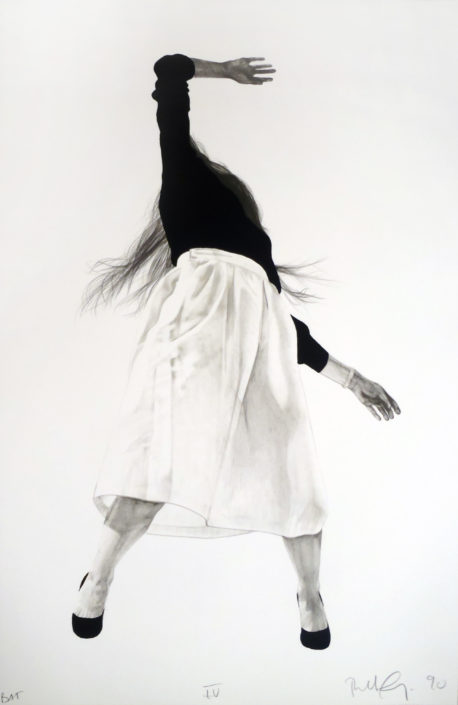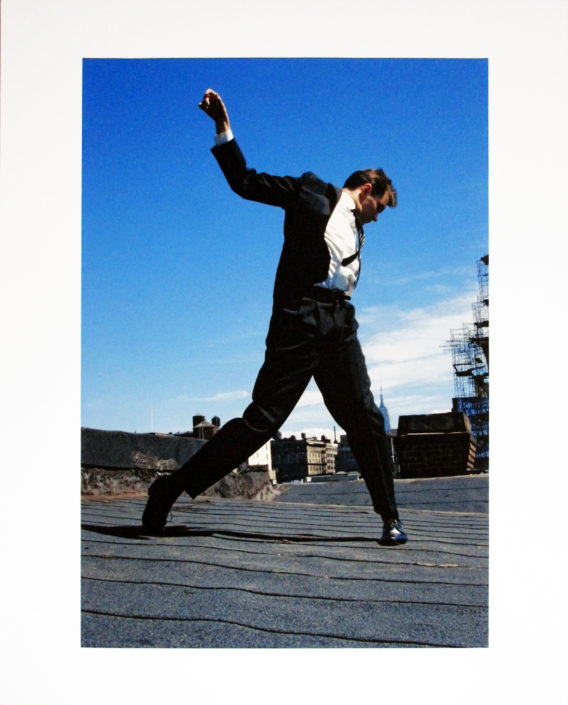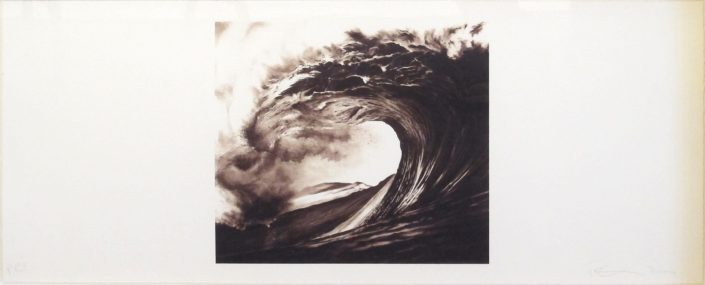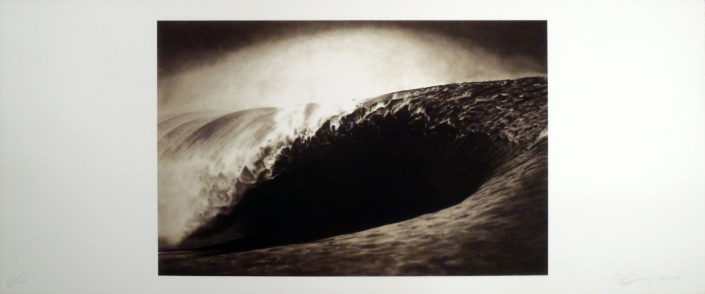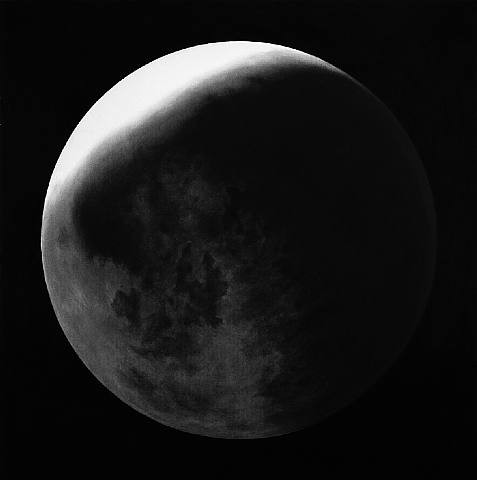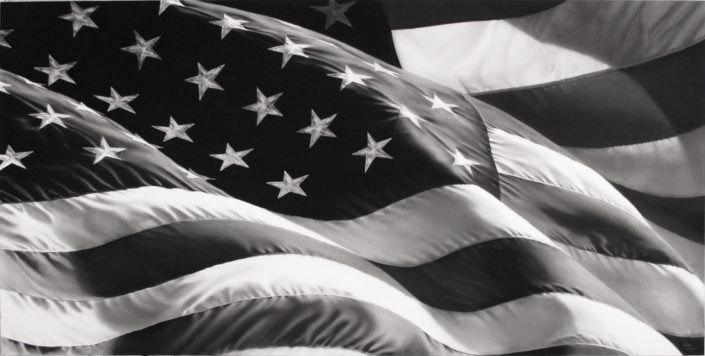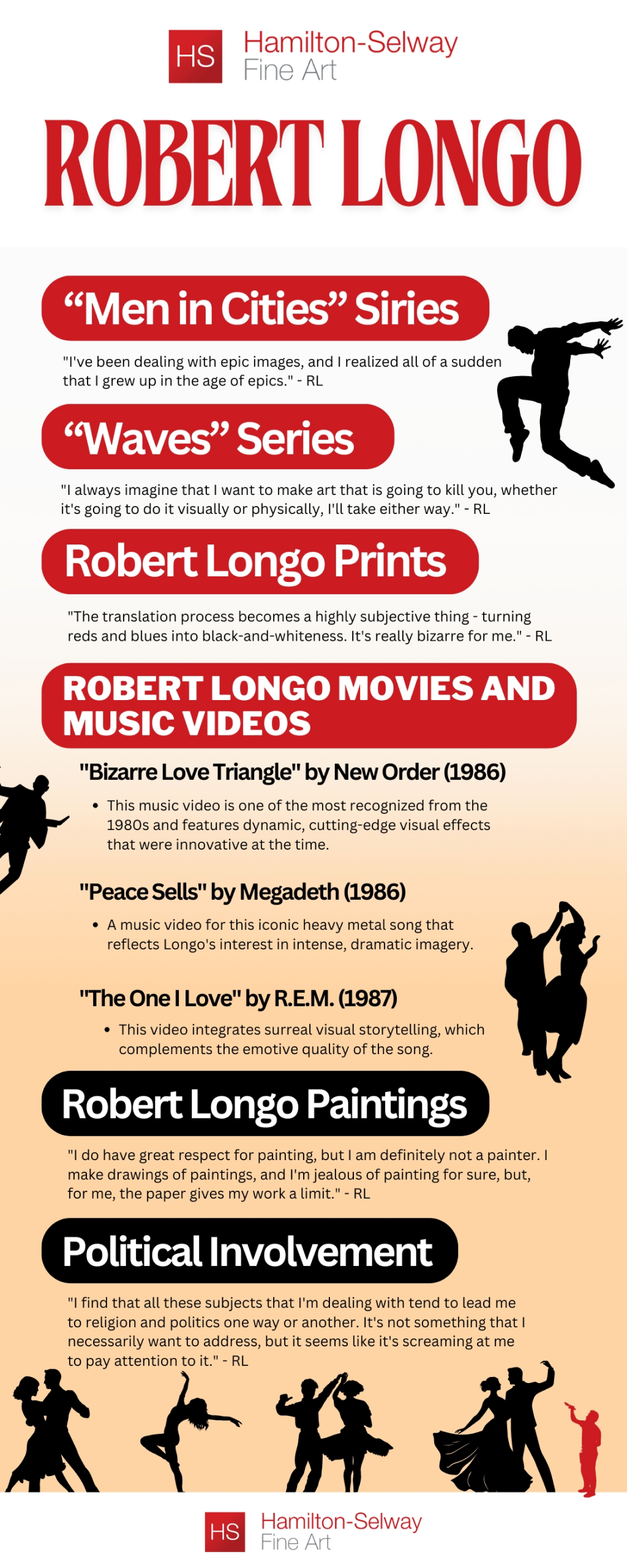AMERICAN, b. 1953
Early Life and Education
American artist Robert Longo was born on January 7, 1953, in Brooklyn, New York and grew up in the Long Island. As a child, he was fascinated with mass media: films, magazines, television, and comic books. These have always been a source of inspiration for his art.
In 1970, he graduated from high school. It was the same year when the Kent State University Massacre in Ohio occurred. This led to student protests and political uprisings against US invasion of Cambodia, throughout the country in which Robert Longo was also involved. A press photo of a dead student which gained popularity during this time and later won Pulitzer Prize was of Longo’s ex-classmates. With time, Robert Longo’s relationship with media images became even stronger.
Read More
He began college at the University of Texas but left before graduation. He then studied sculpture under Leonda Finke’, who motivated Longo to pursue a career in the visual arts. In 1972, he received a grant to study the restoration and history of art at Accademia di Belle Arti in Florence, Italy. While in Europe, he had the opportunity to study both old and modern masters to understand his relationship to the history of art.
On his return from Italy, he enrolled in the Buffalo State College to study arts. During this period he was influenced by his professor Joseph Piccillo. He was also associated with fellow artist Cindy Sherman who was pursuing an arts degree at the same college. While at college, he along with his friends including Charles Clough set up an Avant garde art gallery in the Essex Art Center in 1974. The gallery later went on to become Hallwalls Contemporary Art Center. Robert Longo also worked under the experimental filmmakers Paul Sharits and Hollis Frampton, through them he was introduced to structural filmmaking and Sergei Eisenstein’s films. Robert Longo graduated from Buffalo State University in 1975.
Career and Artwork
In 1977, Robert Longo along with Cindy Sherman moved to New York to join the underground art scene of the 1970’s. He started to work as a studio assistant to Vito Acconci and Dennis Oppenheim. Although Longo studied structure, drawing always remained his favorite form of art. The same year, he participated in a five-person show called Pictures. The show was curated by Douglas Crimp at Artist’s Space in New York. This was a first of its kind exhibition which encouraged young artists turning towards image-making rather than conceptualism and minimalism. Their art was inspired by newspapers, advertisements, film, and television.
Even though Longo’s main form of self-expression is drawing, sculpture influences his drawing technique. His portraits have a certain chiseled line which seems to give the drawing a three-dimensional look. Longo went on to be known as a leading protagonist of the ‘Pictures Generation’. He has worked on drawing, photography, painting, sculpture, performance, and film to make provocative critiques of the anesthetizing and seductive effects of capitalism, mediatized wars, and the cult of history in the US. The first commercial gallery Metro Pictures which was established in 1980 represented Longo’s work. He gained critical acclaim in 1981 through his first solo show at the Metro, of the famous ‘Men in the Cities’ series. These portrayed men and women dressed in black-and-white, formal business attire, squirming in contorted emotion. In 1984, the gallery showcased his work, which was part sculpture, part relief, part painting. The concepts used in these were of Sergei Eisenstein’s theory of montage to juxtapose conflicting imagery and those based on work of reason, intuition, fantasy, and power. These concepts continue to be a vital form of practice for Robert Longo.
During these years, he was also actively involved in underground culture, originating performances, playing in and working with rock bands. He also contributed to alternative magazines, programming non-profit places like the Kitchen in New York and designing stage sets. He also pursued his love for moving image and in 1986, went on to produce his first commercial music videos. In 1987, he directed his debut film.
In 1990, he moved to Paris, where he lived and worked till his return to the U.S in 1994. He then directed a Hollywood film Johnny Mnemonic. In 1996, he produced a series of 366 small drawings. These depicted media images over a period of a leap year.
From 1998 to 2008, he produced a cycle of work, using mainly charcoal, called The Essentials. In 2002, his work ‘Freud Drawings’ represented images of Sigmund Freud’s flat, moments before his flight from the Nazis. Some of his other notable work during this time includes ‘monsters’ and ‘The Sickness of Reason’. In 2014, his series entitled The Destroyer cycle considered world events related to rising racial tension in the US and ISIS declaring itself as a caliphate.
Along with these cycles, Robert Longo has continued to represent the history of art through his work. Since 2015, he has worked on a series known as Hungry Ghosts, which depict X-ray drawings on famous paintings belonging to art museums from around the world.
Robert Longo lives and works in New York, along with his wife Barbara Sukowa, who is an actress from Germany.
Read Less




